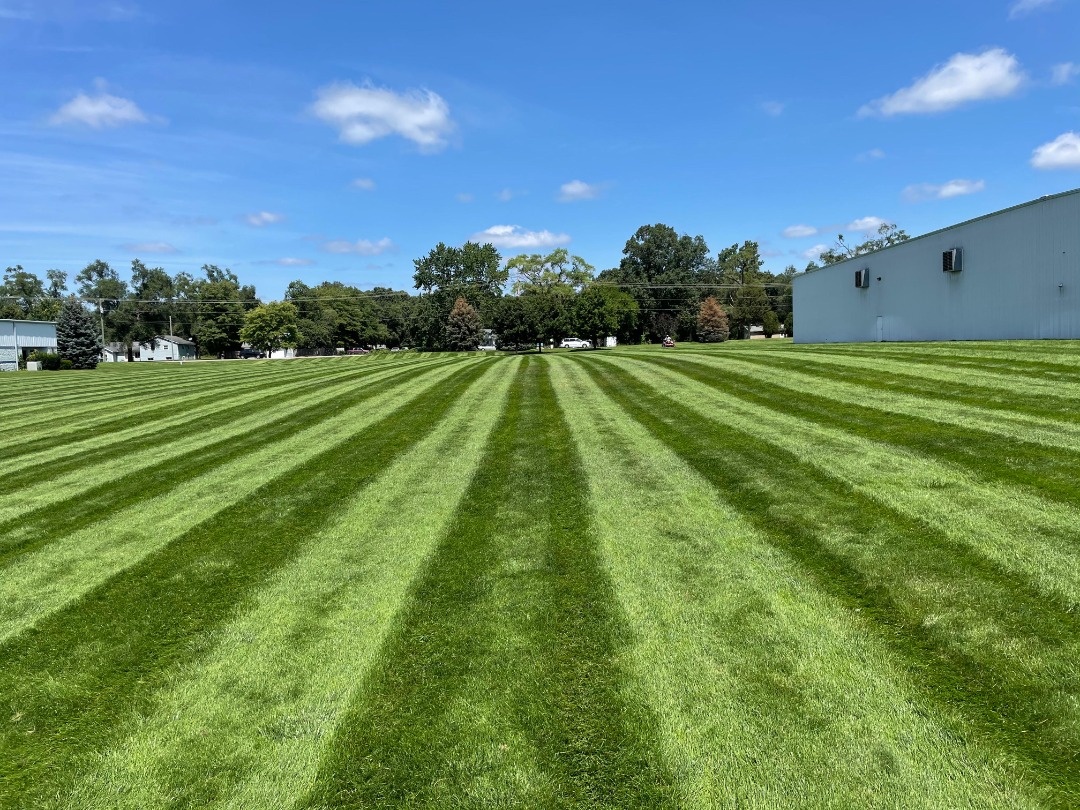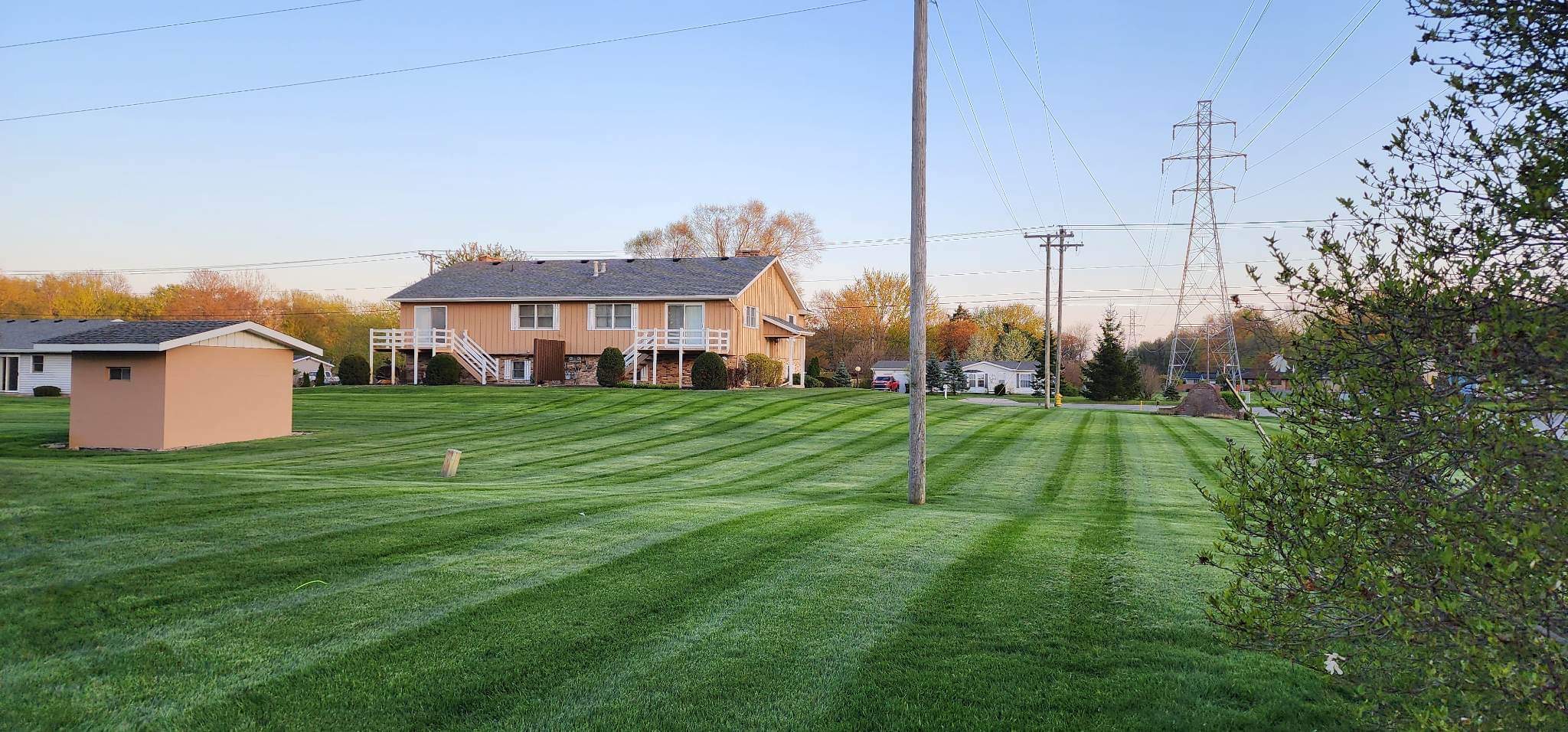Lawn Timing Secrets: When to Mow and Water for Healthier Grass
Maintaining a lush, green lawn isn’t just about watering regularly and running the mower every weekend. One of the most overlooked aspects of lawn care is timing. When you mow and when you water your grass can make all the difference between a thriving, resilient lawn and one that struggles with disease, drought, or weak growth. Understanding lawn timing secrets helps homeowners maximize the health of their turf, reduce stress on the grass, and save time, money, and water in the process. Whether you’re dealing with hot summer temperatures or just looking for a better lawn care strategy, getting the timing right is key.
Best Time to Mow Grass for Healthier Growth
Why Mid-Morning Mowing Works Best
Mowing might seem like a simple weekend chore, but doing it at the wrong time of day can actually harm your lawn. The ideal time to mow is in the mid-morning hours, typically between 8:00 AM and 10:00 AM. At this time, the dew from the night before has had a chance to dry off, reducing the risk of fungal growth. The temperatures are also still relatively cool, which puts less stress on both the grass and the mower operator. Mowing too early in the morning means you’re cutting wet grass, which can clog your mower and create uneven cuts. Mowing during the peak heat of the day, on the other hand, can cause the grass to lose more moisture than necessary and increase the chance of sunburn or stress damage to the turf. By mowing mid-morning, you’re giving the grass enough time to recover before the heat of the afternoon sets in.The Case Against Evening Mowing
Evening mowing might seem like a good idea after work, but it often leads to long-term issues. When grass is freshly cut at night, it doesn’t have the benefit of the sun’s warmth to dry off any moisture, making it more susceptible to fungal infections. Damp blades and cooler night air can trap moisture on the lawn’s surface, allowing mildew and disease to spread more easily. Over time, this can weaken the turf and cause patchy, unhealthy areas to develop.
Watering Timing Tips for Stronger Lawns
Morning Watering Builds Deep Roots
When it comes to watering your lawn, earlier is always better. The best time to water grass is between 4:00 AM and 9:00 AM. Watering during these hours allows the water to soak deep into the soil while minimizing evaporation. It also provides grass blades with ample time to dry off as the sun rises, reducing the risk of disease. Early morning watering encourages deeper root development because the moisture penetrates the soil effectively without being lost to the sun’s heat. Lawns with deep root systems are more drought-tolerant, more resilient to foot traffic, and better equipped to fend off pests and diseases. On the other hand, shallow roots lead to a fragile, thirsty lawn that’s dependent on constant watering.Why You Should Avoid Afternoon and Night Watering
Watering in the afternoon is often ineffective because the sun is at its strongest, and much of the water evaporates before it can be absorbed by the soil. This wastes water and leaves your lawn parched. Evening watering presents another problem. As the temperatures drop, the water sits on the grass blades overnight, encouraging the growth of fungi and other turf diseases. Homeowners who water at night often notice yellowing, mushrooms, or foul odors as their lawns begin to suffer from excess moisture.
Seasonal Adjustments for Mowing and Watering
Adapting to Summer and Winter Conditions
Seasonal changes play a big role in determining when and how often you mow and water your lawn. In the summer, when the heat is intense, grass grows faster and requires more frequent mowing. However, it’s especially important not to mow during the hottest part of the day. Stick to mid-morning and consider raising the mowing height slightly to provide more shade to the soil. During winter or dormancy periods, reduce mowing frequency and avoid watering unless your lawn shows signs of stress. In cooler seasons, lawns retain more moisture naturally, so your watering schedule can be scaled back. Overwatering in fall or winter can be just as harmful as under-watering in summer. The key is to monitor the weather and observe how your grass responds to natural rainfall and temperature shifts.Responding to Drought and Rain Patterns
If you’re experiencing a drought, don’t panic. Lawns are resilient and can go dormant temporarily. Instead of overwatering, focus on deep, infrequent irrigation to keep the roots strong. After a heavy rain, skip watering for a few days and check soil moisture before resuming your routine. Overwatering after rain can suffocate roots and create ideal conditions for weeds and disease. Staying in tune with your local weather patterns and adjusting accordingly can dramatically improve your lawn’s health over time.
Conclusion
The secret to a healthy, vibrant lawn isn’t just about what you do—it’s about when you do it. Mowing and watering at the right times of day, and adjusting your schedule with the seasons, can lead to stronger roots, fewer diseases, and greener grass. Homeowners who pay attention to timing are rewarded with lawns that thrive with less effort and fewer resources. By simply shifting your routine to better align with your lawn’s natural rhythms, you’ll be taking a smart step toward long-term landscape health. Get in touch with us as soon as you can to learn more about our lawn maintenance as well as our Landscaping, Patios & Mulch services.
We're now accepting new clients, call now to speak with a representative.

"*" indicates required fields

